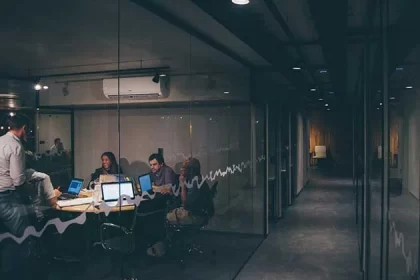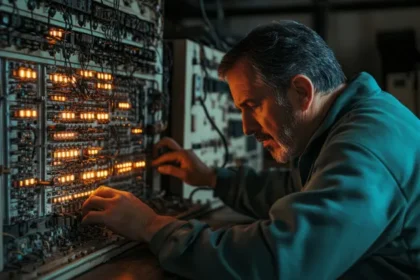Modern construction depends on accuracy at every stage, from planning and design to execution and maintenance. Even minor measurement errors can lead to costly rework, delays, and structural inconsistencies. That’s where reality capture technology has become a cornerstone for professionals aiming to enhance precision and efficiency.
Using advanced tools such as 3D laser scanners, drones, and photogrammetry, teams can collect precise site data within minutes, transforming real-world conditions into actionable digital models.
Understanding the Role of Digital Precision in Construction
Reality capture enables engineers, architects, and contractors to make data-driven decisions early, reducing uncertainties that often arise during design coordination or site inspections. The shift from manual measurements to digital documentation empowers teams to verify every detail before construction begins, saving time and eliminating unnecessary risks.
1. Enhancing Accuracy Through 3D Data Integration
Traditional site measurements often rely on manual processes, which are vulnerable to human error. In contrast, reality capture records millions of data points using laser scanners and high-resolution imagery, creating an exact digital representation of the environment. These 3D scans integrate seamlessly with Building Information Modeling (BIM) systems, allowing project teams to visualize spatial relationships accurately.
Integrating this data ensures that design models align perfectly with existing site conditions. This alignment prevents design clashes, minimizes material waste, and provides precise construction sequences. For teams managing complex projects, 3D reality capture data acts as a single source of truth that everyone can rely on for consistency and confidence.
2. Improving Communication Between Design and Field Teams
Clear communication is critical when multiple teams handle overlapping responsibilities. Misunderstandings between designers, engineers, and on-site workers can easily result in discrepancies between plans and actual builds. Reality capture bridges this gap by offering visual clarity through detailed 3D scans and virtual walk-throughs.
When teams can explore a digital replica of the project site, coordination becomes more transparent and efficient. Designers can verify whether proposed layouts fit within existing parameters, while field crews can reference precise visuals to guide installations. This shared understanding significantly reduces conflicts and fosters accountability among all stakeholders.
3. Detecting and Resolving Errors Before Construction Begins
Early identification of potential issues is one of the most valuable benefits of reality capture. Before the first piece of equipment arrives on-site, teams can run digital simulations to identify clashes, elevation mismatches, or design inconsistencies. These proactive measures prevent expensive corrections later and ensure each phase aligns with specifications.
With accurate as-built data available before ground-breaking, project managers can validate that every detail, from pipe routes to foundation dimensions, meets design intent. This predictive capability eliminates guesswork and provides a level of foresight that was nearly impossible with conventional methods.
4. Streamlining Quality Control and Compliance Checks
Quality control is a continuous process that benefits immensely from precise, up-to-date information. Using reality capture, supervisors can compare ongoing work with design models in real-time. Any deviation from the plan becomes immediately visible, allowing for instant corrections.
This process also supports compliance documentation, as every scan produces a timestamped record of progress. Inspectors can verify that installations meet regulatory standards without the need for repeated site visits. The result is not only better accuracy but also stronger traceability throughout the project lifecycle.
5. Simplifying Post-Construction Maintenance and Asset Management
The advantages of reality capture extend far beyond project completion. Once construction concludes, the captured data serves as a detailed digital record of the built environment. Facility managers and maintenance teams can use this 3D dataset to plan renovations, upgrades, or repairs with minimal disruption.
Having a precise digital twin of the asset ensures future work aligns with the original structure. This reduces the risk of accidental damage to hidden systems such as wiring or piping. It also helps teams manage equipment lifecycles, monitor building performance, and plan upgrades more efficiently.
Continuous Accuracy as the Foundation for Smarter Building
Accuracy is not a one-time achievement; it’s a continuous goal that extends across the life of a building. Reality capture equips project teams with the data and insight needed to maintain that standard from design through operation. Its ability to transform physical environments into reliable digital information helps the entire construction process run smoothly and predictably.
As construction technology evolves, the most successful projects will be those that embrace measurable precision and informed decision-making. Through reality capture, builders are no longer reacting to problems; they’re preventing them before they occur. That’s how the industry is moving from uncertainty toward a future defined by clarity, control, and complete confidence.










